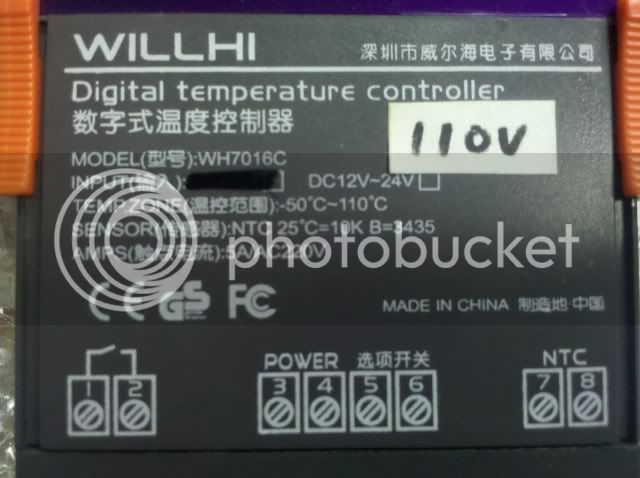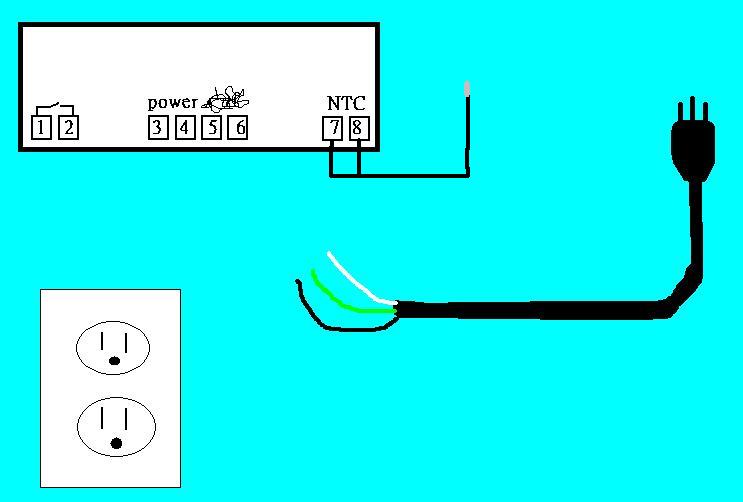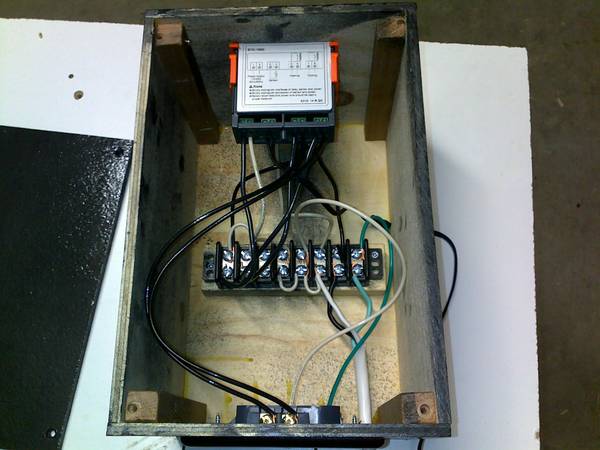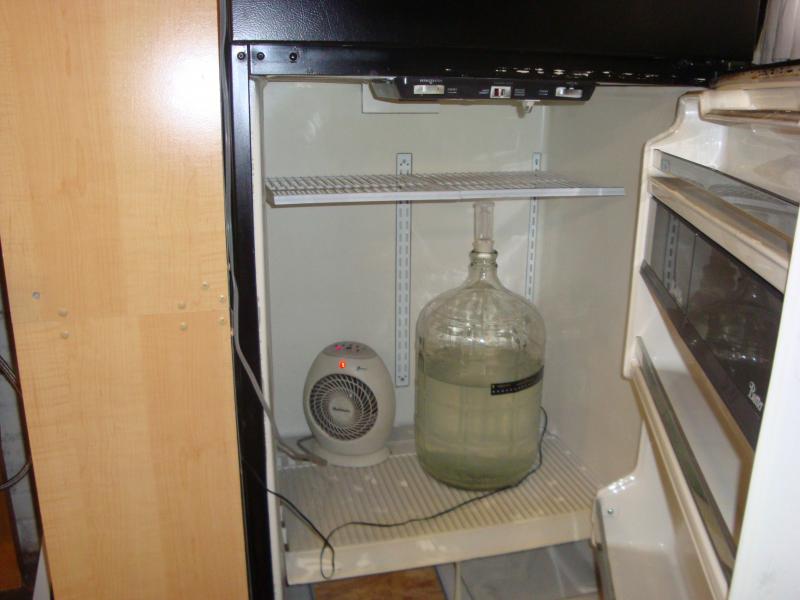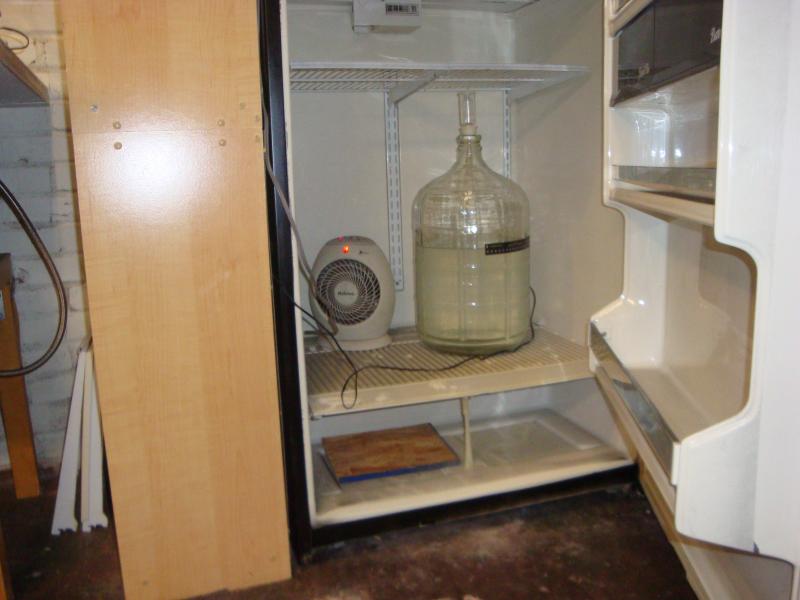I wired up the controller with a cord off an old cable box, but no power.
I used an old wall wart, no power.
are you feeding it 120V?
It says it's the correct one- '110VAC, 50Hz/60Hz' marks below the power screws.
Not getting anything.
Slow down a second, Ben.
I don't know what your "old cable box" cord was, but in your first post, you said you used a old wall wart, which is NOT going to work. That's DC power and not AC, which is why Bjorn asked if you were feeding it 120VAC.
Your other response only confirmed that it was a 120VAC controller, but not whether you were feeding it 120VAC for power.




